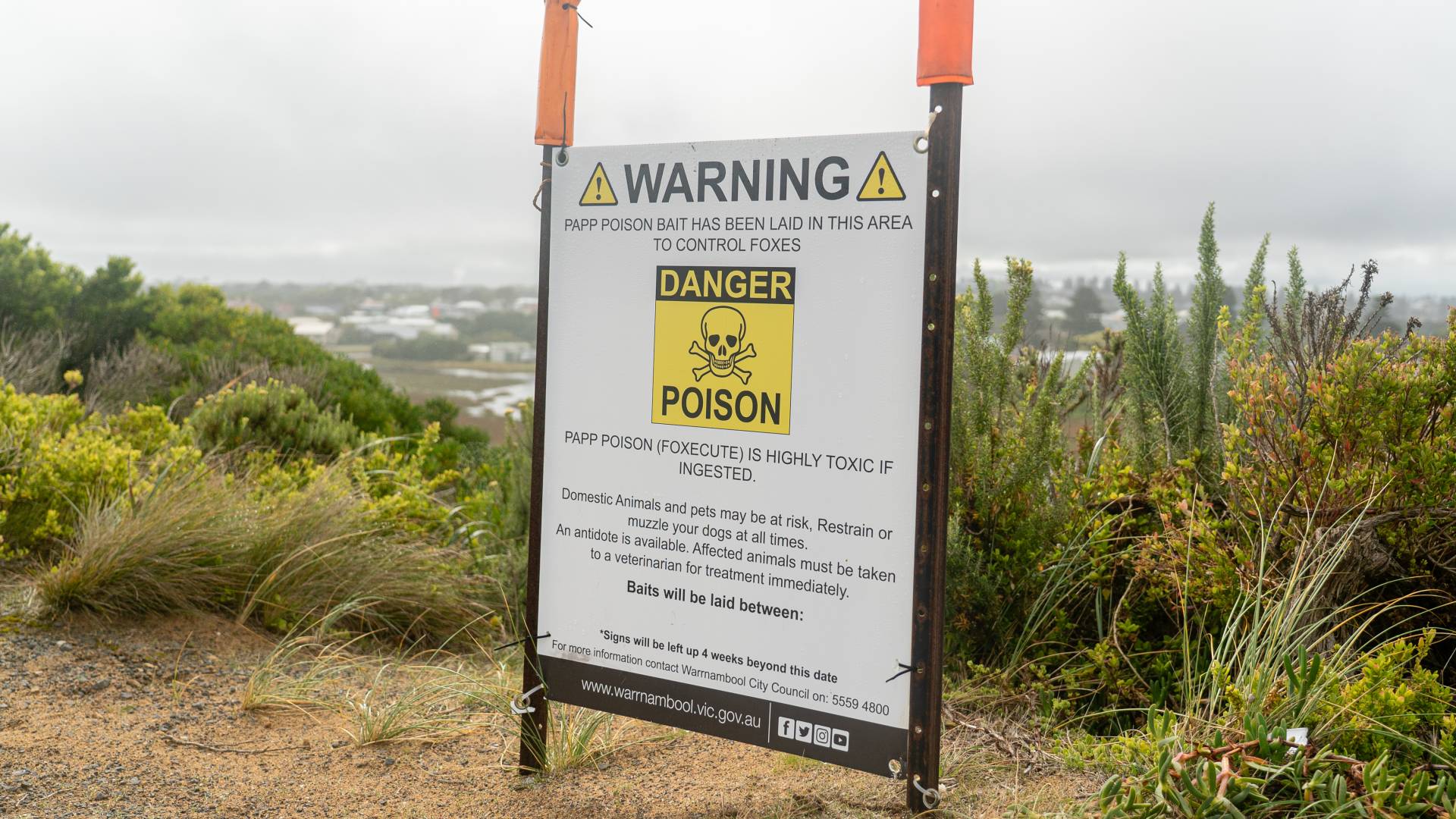In Pharmacoepidemiology and Drug Safety today, researchers describe their experience of failing to discover – despite persistent efforts – if safety warnings were issued to Australian clinicians for a large number of prescription medicines that were subject to publicly available safety warnings in Canada, the UK and the US.
‘Direct health professional communications’, as these letters to clinicians are called, often provide practical advice on how to reduce the risk of harm such as lowering doses or avoiding use by specific types of patients.
“Before new medicines hit the market they must undergo a series of trials to demonstrate their effectiveness and safety,” explains co-author Associate Professor Barbara Mintzes from the Evidence, Policy and Influence Collaborative at the University of Sydney’s Charles Perkins Centre and School of Pharmacy.
“The trials are conducted on relatively small numbers of patients for relatively short periods of time and in highly selected groups. So it’s understandable that new and potentially serious safety problems can be identified once drugs have been marketed and used by larger numbers of people.
What is less understandable is why letters issued to clinicians about new safety warnings for drugs already on the market are not on the public record – and why so many companies as well as the regulator refuse to provide them.
Failed requests for information
The research team identified 207 drugs from 39 companies that had no publicly available warnings in Australia, but that regulators in the UK, US and Canada had issued warnings about – including around increased risk of heart failure, seizures or death.
The researchers initially asked the Australian regulator – the Therapeutic Goods Association (TGA) – for copies of such warnings sent in Australia. After confirming it held no central file of letters, the TGA advised the team to request the information direct from the manufacturers.
Of the 39 companies the researchers contacted, 24 provided no letters or information on their existence. Nine companies refused requests for information by claiming it was “commercial in confidence” or “not provided to the general public”. Seven didn’t respond; five said they would respond, but didn’t. Three directed the researchers to contact the TGA (which had already instructed the researchers to instead contact the companies).
Fifteen companies provided information, either the letters themselves or confirmation that no warnings were sent out.
Ultimately, the TGA also refused two Freedom of Information requests for this information saying it would “divert resources” from its other operations.
A secret warning is no warning at all
“Our failed efforts demonstrate an unacceptable secrecy around potentially serious harmful effects of medicines, which has no place in modern medicine and should not be tolerated by regulatory agencies,” says Associate Professor Mintzes.
We’re currently operating in a policy vacuum.
“The TGA regards these safety warnings as the property of the manufacturer and has no legislated authority over the communications, leaving companies free to choose whether to release them – or not.
“To ensure ongoing access to critical safety information we urgently need to develop explicit transparency policies on all postmarket safety communication, and ideally a publicly available searchable online database of all postmarket safety warnings on medicines.”
The research team included academics from the University of Sydney, Macquarie University and York University in Toronto, Canada.








